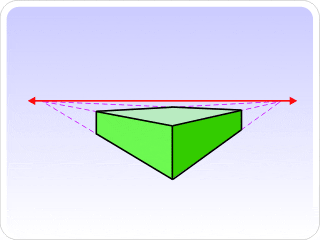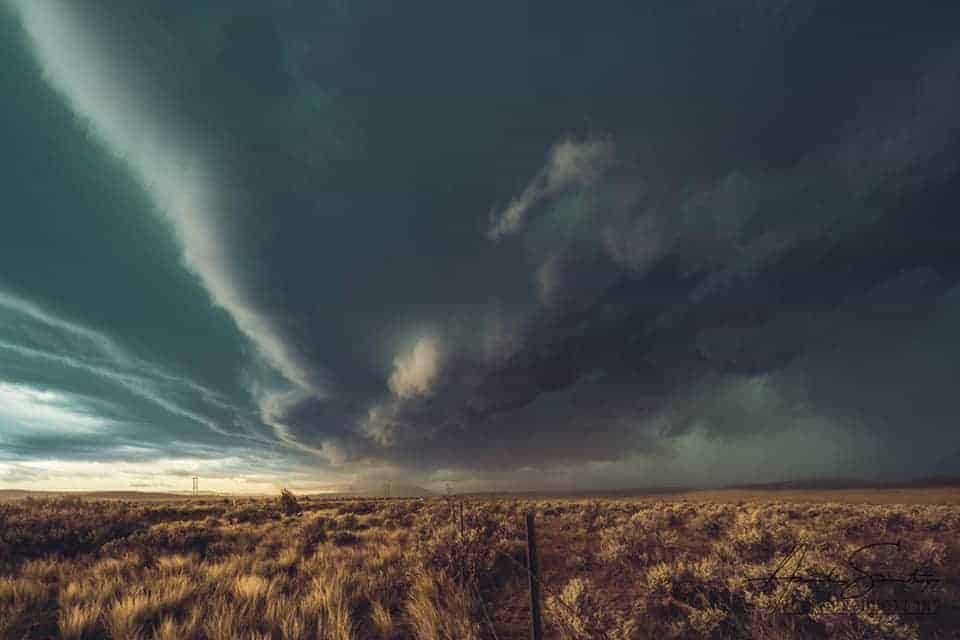

Its radius or horizontal distance from the observer varies slightly from day to day due to atmospheric refraction, which is greatly affected by weather conditions. With respect to Earth, the center of the true horizon is below the observer and below sea level. The true horizon surrounds the observer and it is typically assumed to be a circle, drawn on the surface of a perfectly spherical model of the relevant celestial body, i.e., a small circle of the local osculating sphere.

On Earth, when looking at a sea from a shore, the part of the sea closest to the horizon is called the offing.

The resulting intersection of such obstructions with the sky is called the visible horizon. At many locations, this line is obscured by terrain, and on Earth it can also be obscured by life forms such as trees and/or human constructs such as buildings. The true horizon is a theoretical line, which can only be observed to any degree of accuracy when it lies along a relatively smooth surface such as that of Earth's oceans. This curve divides all viewing directions based on whether it intersects the relevant body's surface or not. The horizon is the apparent curve that separates the surface of a celestial body from its sky when viewed from the perspective of an observer on or near the surface of the relevant body. The curvature of the horizon is easily seen in this 2008 photograph, taken from a Space Shuttle at an altitude of 226 km (140 mi). For other uses, see Horizon (disambiguation).


 0 kommentar(er)
0 kommentar(er)
